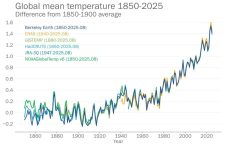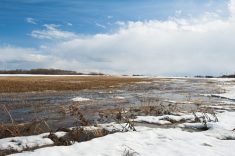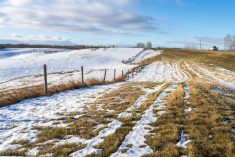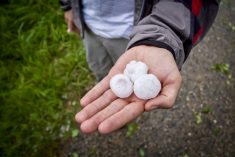Ottawa | Reuters — Canada is on track for its worst-ever year of wildfire destruction as warm and dry conditions are forecast to persist through to the end of the summer after an unprecedented start to the fire season, officials said on Monday.
Blazes are burning in nearly all Canadian provinces and territories, and federal government officials said their modeling shows increased wildfire risk in most of Canada through August.
“The distribution of fires from coast to coast this year is unusual. At this time of the year, fires usually occur only on one side of the country at a time, most often that being in the west,” said Michael Norton, an official with Canada’s natural resources ministry.
Read Also
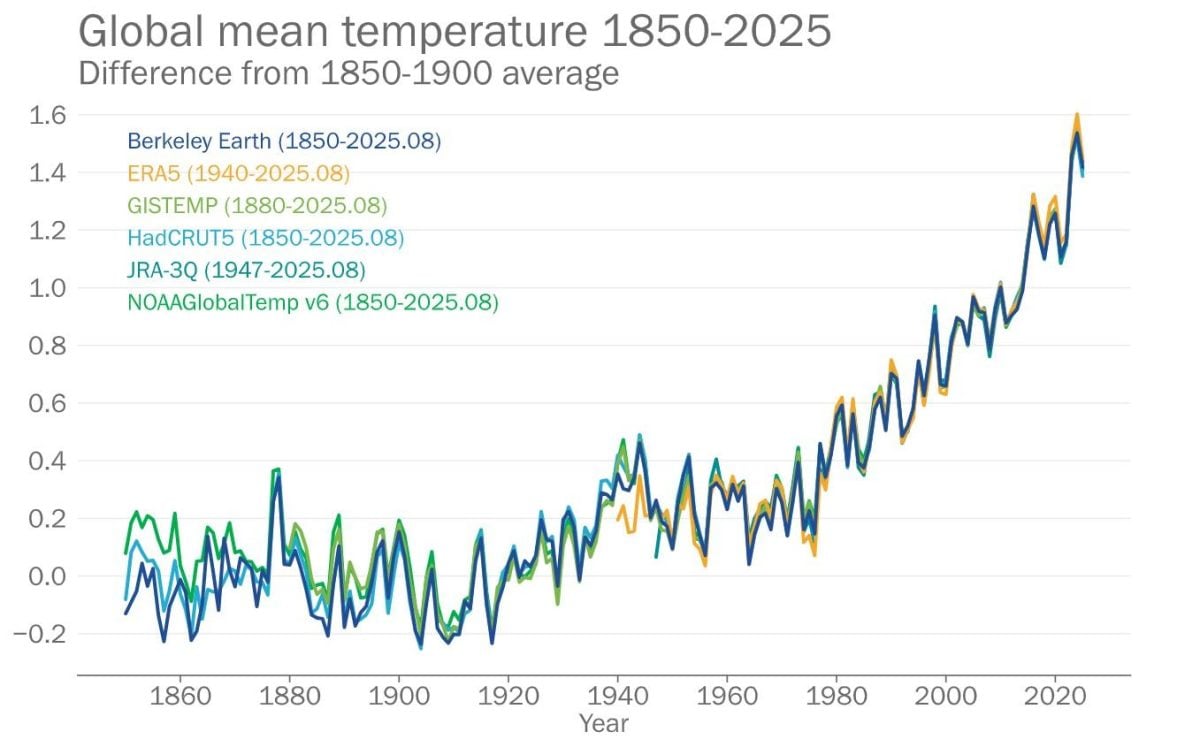
2025 set to be among hottest years on record: WMO
With only two months remaining in the year, 2025 is set to be among the top three hottest years on…
Quebec was currently the worst impacted due to multiple fires ignited by lightning, Norton said. “The rate of increase of area burned is also high … if this rate continues, we could hit record levels for area burned this year,” he said.
Flames have been mushrooming rapidly in Eastern Canada and have forced evacuations in Nova Scotia as well as coastal Quebec.
On Monday, the Wallbridge Mining Co. temporarily evacuated a gold project camp in Quebec and suspended exploration activities on its Detour-Fenelon Gold Trend Property due to an emergency order related to forest fires.
“Over the last 20 years, we have never seen such a large area burned so early in the season,” said Yan Boulanger, a researcher with Natural Resources Canada. “Partially because of climate change, we’re seeing trends toward increasing burned area throughout Canada.”
By Sunday, about 3.3 million hectares (8.15 million acres) had already burned — about 13 times the 10-year average — and more 120,000 people had been at least temporarily forced from their homes.
Wildfires, the second most expensive disaster in Canada after flooding, have destroyed homes, impacted oil and gas production in the main crude-producing province of Alberta, and polluted the air in both in Canada and the United States.
“This is a scary time for a lot of people,” Prime Minister Justin Trudeau said at a news conference in Ottawa.
“When people lose their homes, they don’t just lose a roof and their possession; they lose a special place where they saw their children grow up, where they built a life,” he said.
There are currently 413 active wildfires, including 249 deemed out of control, and about 26,000 people are under evacuation orders across Canada.
— Reporting for Reuters by Ismail Shakil in Ottawa.





